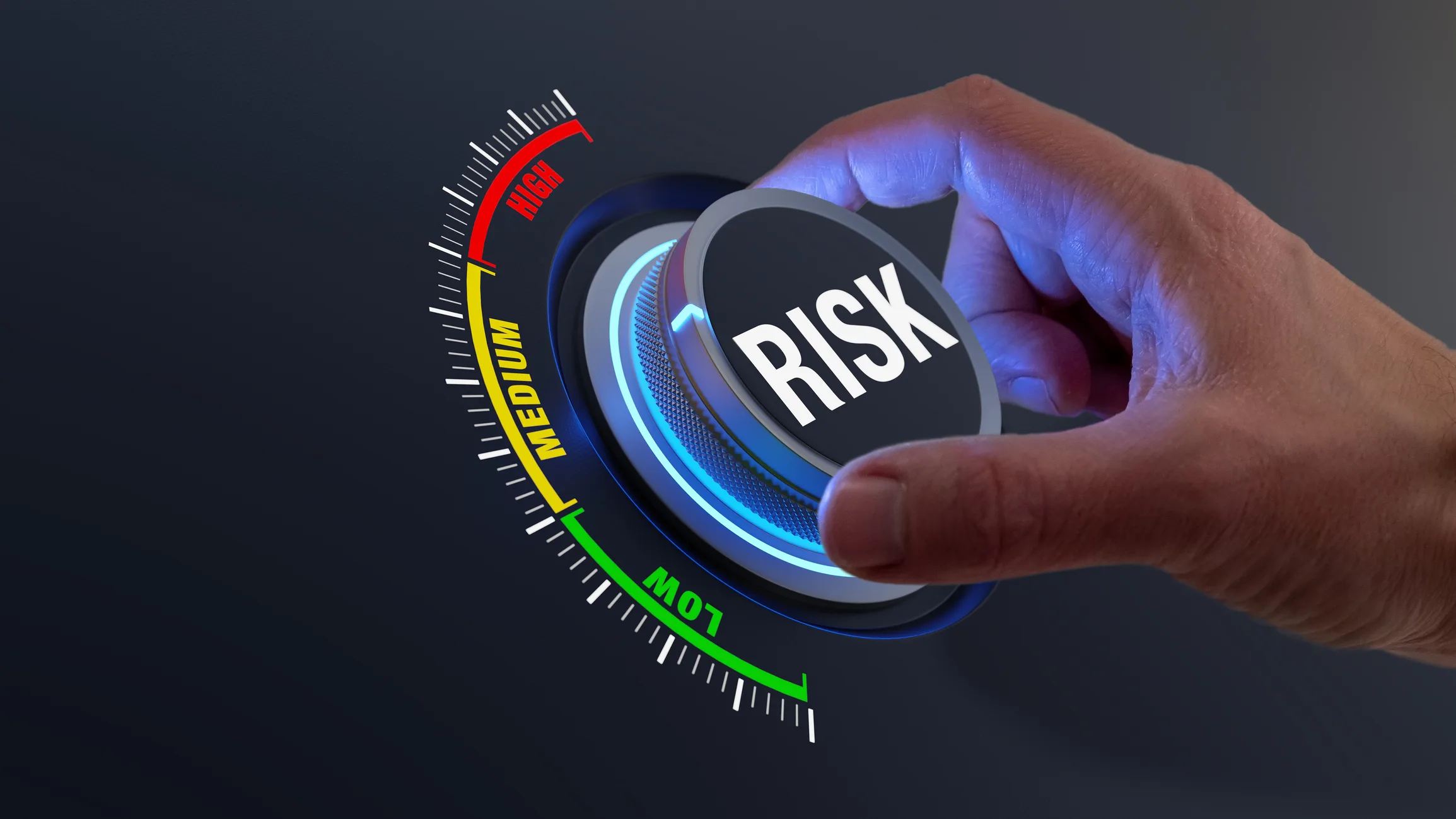
As the world of information technology (IT) continues to rapidly evolve, managing assets efficiently is paramount for organizations seeking to optimize their operations and stay competitive. IT Asset Management (ITAM) involves the management and optimization of hardware, software, and other technology resources throughout their lifecycle. With the rapid pace of technological advancements and the increasing complexity of IT environments, organizations must adopt robust strategies to enhance efficiency in IT asset management. In this article, we explore various strategies and best practices that can empower organizations to streamline their IT asset management processes for improved productivity and cost-effectiveness.
Before delving into strategies for enhancing efficiency, it’s crucial to grasp the fundamentals of IT asset management. ITAM encompasses the identification, tracking, and maintenance of IT assets from procurement to disposal. Assets include hardware components such as computers, servers, and networking devices, as well as software licenses, applications, and digital resources. Effective ITAM enables organizations to optimize asset utilization, minimize risks, ensure compliance with licensing agreements, and control costs.
Efficient IT asset management is often challenged by various factors that hinder its effectiveness. These challenges include:
In many organizations, IT assets are scattered across different departments, offices, or even countries. This dispersion makes it difficult to maintain a clear and up-to-date view of all assets, leading to inefficiencies in management and utilization. Without adequate visibility, organizations may struggle to track assets, leading to issues such as over-provisioning, underutilization, or even loss of assets. Addressing Lack of Visibility: Implementing centralized asset management systems and processes can help overcome this challenge. By consolidating asset data into a single repository, organizations can gain comprehensive visibility into their IT infrastructure. Utilizing asset discovery tools and automated inventory management solutions further enhances visibility by continuously scanning the network for new assets and updates.
Managing a diverse range of IT assets with different lifecycles, licensing agreements, and maintenance requirements poses a significant challenge. Hardware assets, such as servers, desktops, and networking devices, may have varying warranty periods and maintenance schedules. Similarly, software assets come with complex licensing agreements that require careful tracking to ensure compliance and cost optimization.
Addressing Asset Tracking Complexity: Implementing robust asset tracking processes and leveraging ITAM tools can streamline asset management workflows. Utilizing asset tags, barcodes, or RFID technology enables organizations to track assets throughout their lifecycle accurately. Additionally, investing in asset management software with comprehensive tracking and reporting capabilities simplifies the management of diverse assets.
Non-compliance with software licensing agreements or regulatory requirements can expose organizations to legal and financial liabilities. Failure to accurately track software licenses, usage rights, and entitlements can result in costly audits, fines, or reputational damage. Moreover, regulatory compliance standards, such as GDPR or HIPAA, impose strict requirements on data handling and privacy, adding another layer of complexity to IT asset management.
Addressing Compliance Risks: Implementing robust license management processes and utilizing software asset management (SAM) tools can help mitigate compliance risks. Conducting regular license audits, maintaining accurate license inventories, and establishing policies for license procurement and usage ensure compliance with vendor agreements. Furthermore, staying informed about regulatory requirements and integrating compliance controls into asset management workflows enhances organizational readiness for audits and inspections.
The proliferation of shadow IT, where employees independently procure and use unauthorized software or hardware solutions, poses significant challenges for IT asset management. Shadow IT initiatives often bypass organizational policies and security protocols, leading to potential security vulnerabilities, data breaches, and compatibility issues. Identifying and managing shadow IT assets is critical for maintaining control and security over the IT infrastructure.
Addressing Shadow IT: Implementing proactive measures to identify and manage shadow IT instances is essential. Educating employees about the risks associated with unauthorized software installations and providing approved alternatives encourages compliance with IT policies. Additionally, deploying network monitoring tools and endpoint security solutions enables IT teams to detect and mitigate unauthorized access or usage of IT assets.
Limited financial resources may constrain organizations’ ability to invest in comprehensive IT asset management tools and resources. Budgetary constraints often result in underinvestment in essential areas such as asset tracking, compliance management, or security measures, compromising overall IT asset management effectiveness.
Addressing Budget Constraints: Prioritizing IT asset management initiatives based on their strategic importance and potential return on investment is crucial when resources are limited. Leveraging open-source or cloud-based ITAM solutions can reduce upfront costs while still providing essential asset management functionalities. Additionally, adopting a proactive approach to cost optimization, such as software license optimization or hardware consolidation, helps maximize the value of existing IT assets within budgetary constraints.
Organizations can develop robust IT asset management strategies that enhance efficiency, mitigate risks, and support business objectives effectively.
Effective IT asset management is essential for organizations seeking to optimize resource utilization, mitigate risks, and drive operational efficiency. By implementing proactive strategies such as centralized inventory management, standardized processes, and automated compliance monitoring, organizations can streamline their IT asset management practices and achieve greater visibility and control over their technology resources. Moreover, fostering a culture of user awareness, vendor collaboration, and continuous improvement is vital for sustaining efficiency gains in IT asset management initiatives. By prioritizing efficiency and adopting best practices, organizations can unlock the full potential of their IT investments and gain a competitive edge in today’s dynamic business environment.